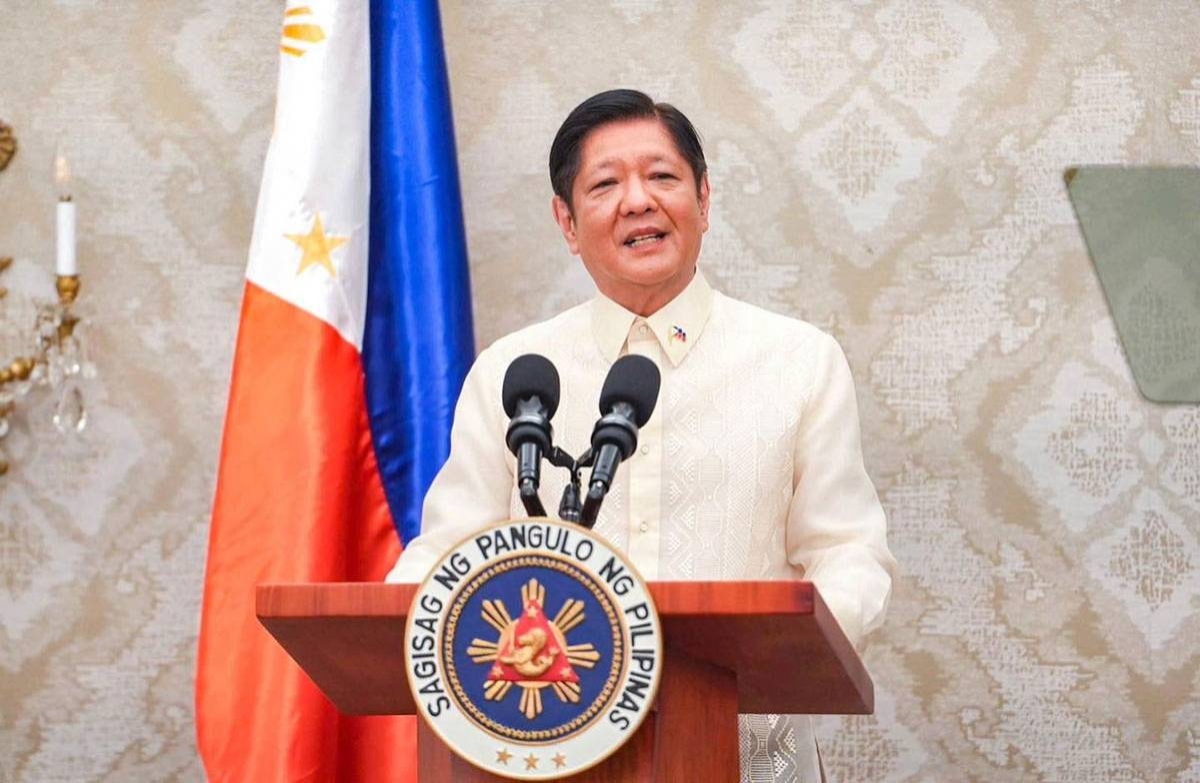IN the extensive reporting on the just-concluded state visit of President Ferdinand R. Marcos Jr. to the United States, the biggest development from the meeting with the Philippines' longtime ally was, quite unfortunately, largely overlooked. On May 1, a day ahead of Marcos' arrival in Washington, the US government announced a sweeping $135-million (P7.47 billion) development aid package for the Philippines through the US Agency for International Development (USAid).
It is not only the amount of this package of grants, but its objectives and the timing of its announcement that ought to cause those whose criticism of the US-Philippines relationship seems to be more fashionable than based on real substance to reassess their views.

The USAid package, which is entirely composed of grants rather than loans, specifically addresses many of the key policy goals of the Marcos administration. Included in the package is $100 million spread out over the next five years to expand water services to 1.2 million Filipinos, and provide sanitation infrastructure for 710,000 more. Another $8 million is being granted to expand the Philippines' capacity to respond to future disease outbreaks, including laboratory capacity, disease surveillance, risk communication and emergency preparedness, with added emphasis on combating existing communicable disease problems, particularly tuberculosis.
The package also includes $5.3 million in grants to the Philippine operations of the UN World Food Program, Catholic Relief Services and Action Against Hunger to boost emergency preparedness for natural disasters, focusing on communities in the most vulnerable parts of the country, namely the Bicol Region, the Caraga Region and Eastern Visayas.
In the areas of infrastructure and energy development, USAid is adding $5 million to technical assistance programs to help the government improve planning and development of “critical infrastructure systems, including railways, ports and transport systems,” and in developing effective public-private partnership frameworks for projects where that mode of development is applicable. USAid is also contributing an unspecified amount to support the Department of Energy in carrying out its Green Energy Auction Program, which will expand renewable energy capacity by 11.6 gigawatts between 2024 and 2026.
The development grant assistance from USAid is actually potentially worth closer to $180 million (P10 billion) than the $135 million announced, as some additional programs are pending budgetary approval in the US. These include a $30-million higher education partnership, $5 million to help develop the Philippines' mineral processing sector and funding for the creation of an Open RAN (radio access network) Interoperability laboratory in Manila to help accelerate the Philippines' rollout of 5G data networks.
In its press statement announcing the aid package, USAid said, “This new funding from USAid underscores the United States' commitment to the US-Philippines alliance since 1951, and harnesses the momentum of our bilateral efforts to advance further our shared prosperity, security and friendship among our peoples.” Given that the release of the aid package was timed to welcome President Marcos' official visit to the US, it certainly seems that the American leadership is making a strong effort to “put its money where its mouth is,” as the saying goes.
Contrast that outcome of the visit of Marcos to the US with that of his recent state visit to China, which was hailed as “highly successful” by administration officials, congressional leaders and approving opinion writers in the local media. In both instances, the President returned with a substantial amount of investment pledges in various business sectors. In terms of government-to-government assistance, however, Marcos came home from Beijing virtually empty-handed, but Washington is bringing back material support for some key government initiatives — disaster resilience, health care, infrastructure development, energy — whose positive effects will be felt directly by the people.
Indeed, the Philippines' relationship with the US is often problematic, and should not be spared from criticism when that criticism is fairly earned. However, we should acknowledge that the US, when all is said and done, just as frequently demonstrates that its appreciation for the close historic, social and economic ties between the two countries is not just rhetorical.
*****
Credit belongs to : www.manilatimes.net
 Atin Ito First Filipino Community Newspaper in Ontario
Atin Ito First Filipino Community Newspaper in Ontario






